Programmatic OOH | Automated Outdoor | Media Buying | Digitally
-1140x300w.jpg)
The landscape of advertising is evolving at an incredible pace, and at the heart of this transformation lies Programmatic Out-of-Home (OOH) advertising. With the rise of digital technology and data-driven strategies, traditional billboards are no longer static – they’re becoming smarter, more dynamic, and infinitely more efficient.
Programmatic OOH, often referred to as pDOOH, is
revolutionizing how brands connect with audiences in public spaces. Let's
explore how this innovation is shaping the future of outdoor media buying and
why marketers are increasingly embracing it.
What is Programmatic OOH?
Programmatic OOH refers to the automated buying, selling,
and delivery of digital out-of-home advertising using software and
real-time data. Unlike traditional OOH that relies on manual bookings and long
lead times, programmatic systems allow advertisers to launch campaigns with
precision and flexibility.
Through Demand-Side Platforms (DSPs), advertisers can
purchase digital billboard space much like they would buy online ads—targeted,
real-time, and data-informed.
Key Benefits of Programmatic OOH
1. Real-Time Optimization
Programmatic OOH enables real-time decision-making.
Campaigns can be adjusted on the fly based on performance data, time of day,
weather conditions, or even foot traffic.
2. Enhanced Targeting
By integrating with mobile location data, advertisers can
target specific demographics and behaviors. This ensures that the right message
reaches the right audience at the right time.
3. Scalability & Efficiency
With automation, campaigns that once took weeks to plan can
now go live in minutes. Advertisers can manage multiple locations and creatives
seamlessly through one platform.
4. Cost-Effective Media Buying
Because inventory is auctioned in real-time, advertisers can
take advantage of competitive pricing and only pay for impressions that matter.
How Programmatic OOH Works
Here’s a simplified breakdown of the programmatic OOH
process:
- Inventory
Availability: Media owners list their digital screens on supply-side
platforms (SSPs).
- Targeting
& Bidding: Advertisers use DSPs to select audiences, locations,
times, and bid on available slots.
- Ad
Delivery: Once a bid is won, the creative is delivered instantly to
the chosen screen.
- Measurement
& Reporting: Data from mobile devices, sensors, and footfall
analytics provides real-time insights for campaign performance.
Use Cases Across Industries
Programmatic OOH isn't limited to big brands or specific
sectors. Here's how various industries are using it:
- Retail:
Drive in-store traffic during peak hours with localized messaging.
- Entertainment:
Promote real-time event updates or ticket availability.
- Travel
& Tourism: Target travelers with relevant ads at airports and
transit hubs.
- Healthcare:
Share awareness campaigns based on location or public health data.
The Role of Data in pDOOH
Data is the cornerstone of programmatic OOH. It fuels
everything from audience insights to campaign effectiveness. Advertisers can
leverage first-party data, weather APIs, traffic patterns, and even real-time
social trends to inform creative and placement strategies.
With privacy regulations tightening, responsible data use
and transparency will play a crucial role in the continued growth of
programmatic OOH.
Future Trends in Programmatic OOH
As the market matures, several trends are set to shape the
future of programmatic OOH:
- AI
and Machine Learning: Predictive analytics will drive even smarter
media buying.
- Interactive
& Contextual Ads: More campaigns will adapt based on the
environment in real time.
- Cross-Channel
Integration: pDOOH will become a seamless part of omnichannel
marketing strategies.
- Attribution
& ROI Tracking: Better tools will emerge to measure the impact of
OOH on sales and conversions.
Conclusion
Programmatic OOH is more than a buzzword—it's a game-changer
in the world of outdoor advertising. With automation, precision targeting, and
real-time insights, it's empowering marketers to think bigger, move faster, and
connect more meaningfully with consumers in the physical world.
As technology and creativity converge, the future of outdoor
media is not just bright—it’s digital, dynamic, and programmatically powered.
Elyts Advertising and Branding Solutions | www.elyts.in (India) | www.elyts.agency (UAE)







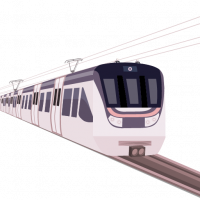



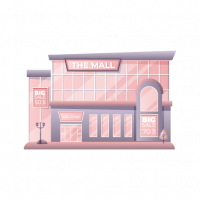
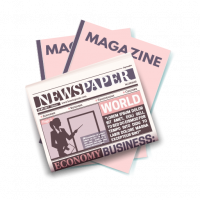

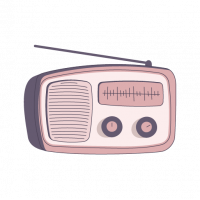


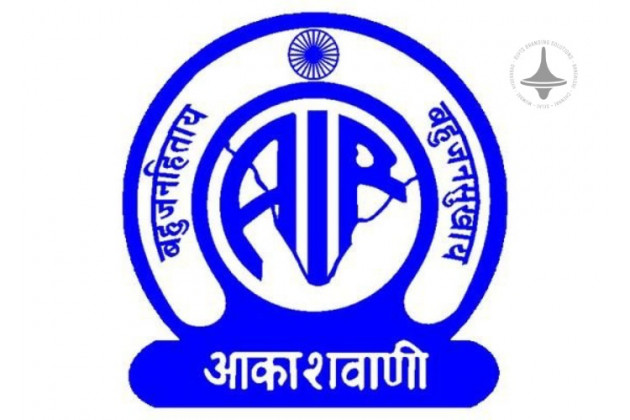
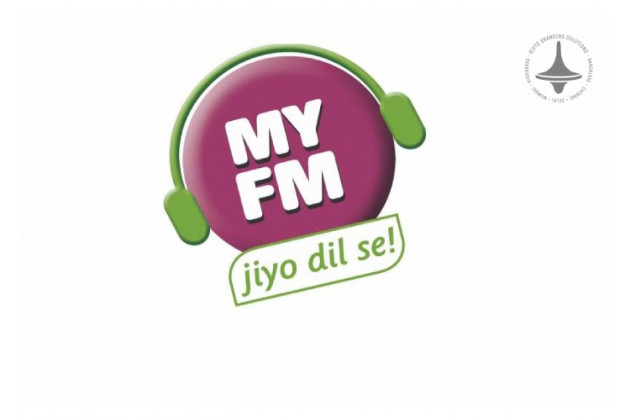
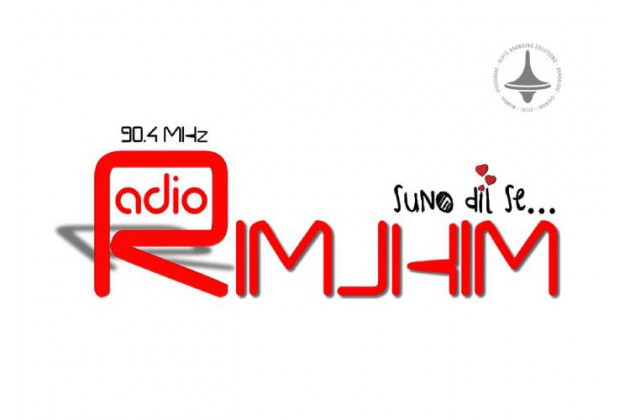

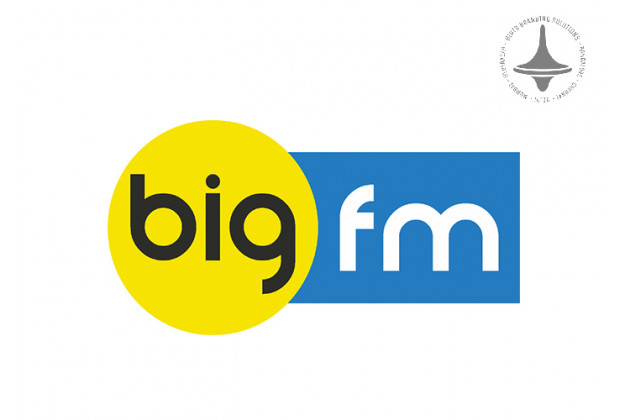
Leave a Comment